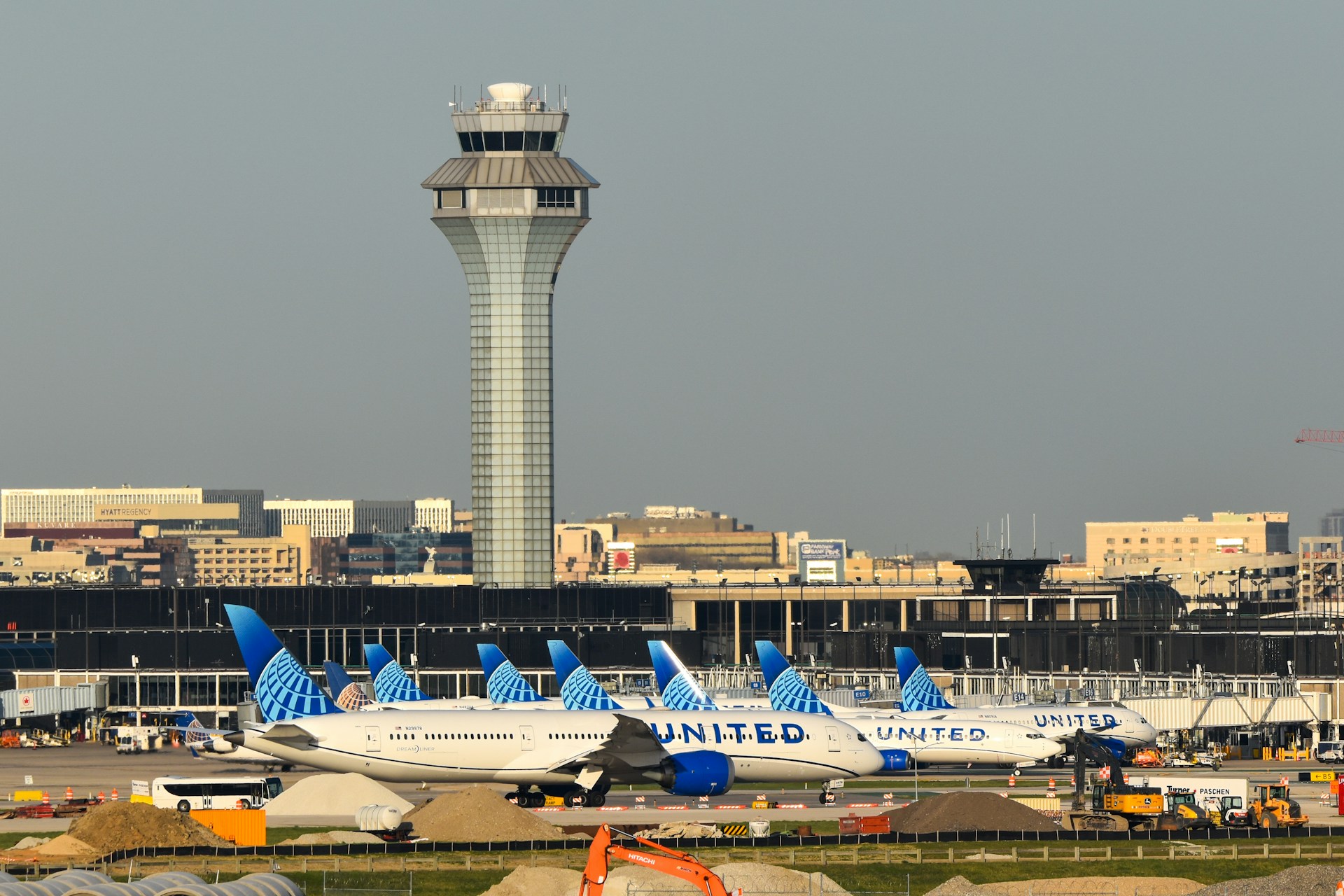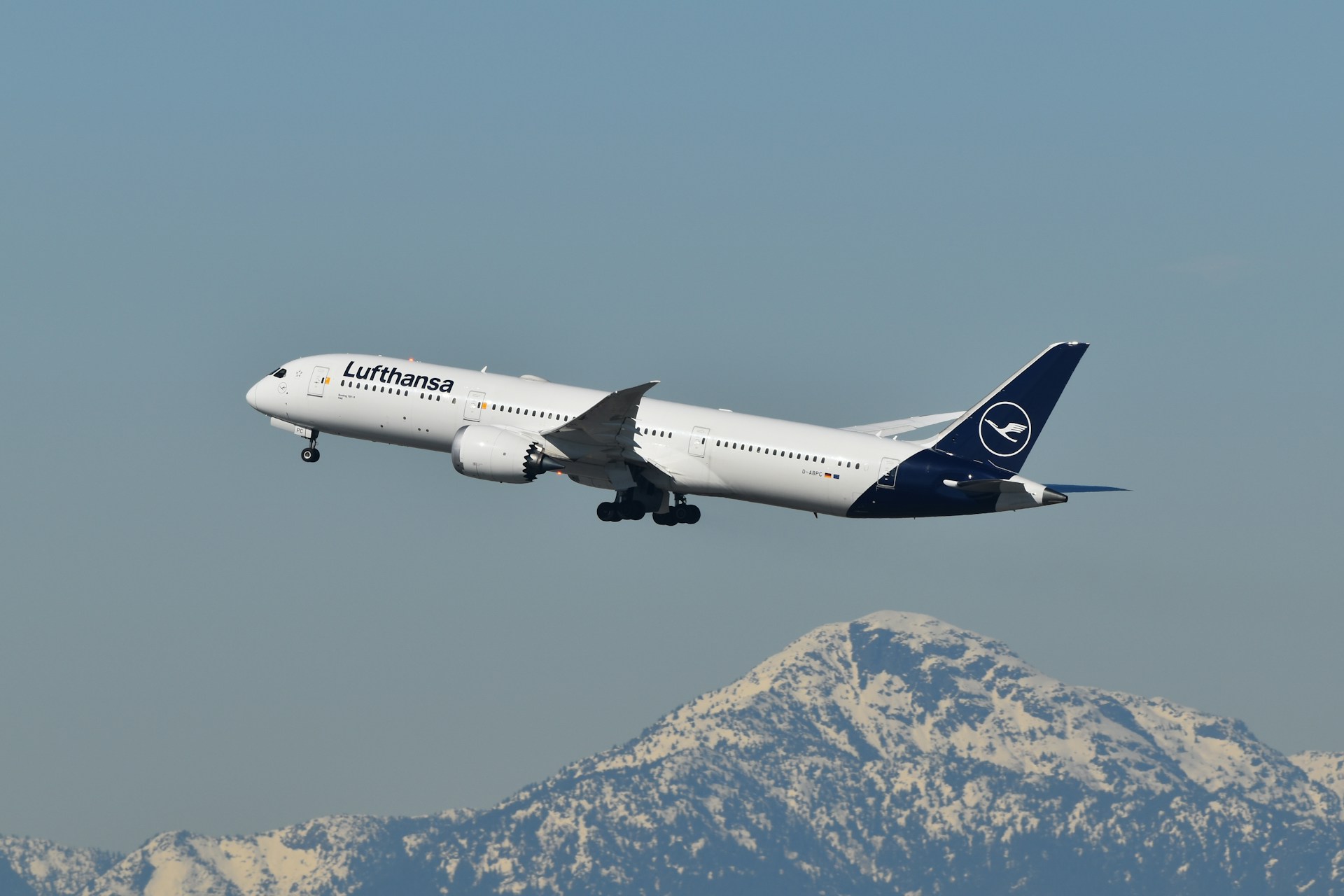United Airlines Wins Key Gate Dispute at Chicago O’Hare, Reinforcing Hub Dominance
Key Takeaways
- A federal judge ruled in favor of United Airlines in a high-profile gate allocation case against American Airlines at Chicago O’Hare International Airport.
- The ruling strengthens United’s control at its largest hub, where the airline operates hundreds of daily departures and holds deep infrastructure investments.
- Gate access remains one of the most valuable assets in aviation, directly influencing scheduling, route expansion, and operational efficiency.
- The dispute highlights mounting competition among carriers for limited airport capacity at major global hubs.
- This legal win solidifies United’s strategic advantage in Chicago and underscores the growing importance of airport real estate in airline competition.
A Legal Victory with Strategic Implications
The recent federal court ruling favoring United Airlines over American Airlines in their Chicago O’Hare gate allocation dispute has reaffirmed United’s dominant position at one of the world’s busiest airports.
The decision marks the latest chapter in a long-running competition between the two legacy carriers for prime gate access at capacity-constrained airports. At O’Hare, where runway utilization and terminal space are tightly controlled, gate availability often dictates how airlines can schedule flights, connect passengers, and expand networks.
For United, O’Hare represents more than just a major operational hub — it is the cornerstone of the airline’s North American and transatlantic operations, with over 400 daily departures spanning both domestic and international destinations.
United’s Long-Term Investment Strategy at O’Hare
The court’s decision validates United’s extensive investment in O’Hare’s infrastructure. Over the past decade, the airline has poured billions into modernizing terminals, upgrading lounges, and expanding maintenance and operations facilities. These investments have strengthened United’s efficiency and improved passenger experience at its flagship hub.
Gate access is central to these advantages. Proximity to maintenance hangars and terminal infrastructure allows United to minimize aircraft turnaround times — a crucial factor in on-time performance and schedule reliability.
In contrast, American Airlines — which maintains a smaller presence at O’Hare — faces more limited flexibility in expanding its flight schedule or adding new routes from Chicago. The ruling therefore constrains American’s growth prospects in the Midwest while reinforcing United’s market leadership.
Airport Real Estate: The New Competitive Battleground
The Chicago O’Hare dispute is emblematic of a broader trend in the aviation industry: airport infrastructure has become a strategic battleground. With major U.S. airports such as O’Hare, LAX, and JFK operating near capacity, airlines are increasingly turning to legal, political, and financial maneuvers to secure access to critical facilities.
Gate assignments — once considered routine logistical details — now carry multimillion-dollar implications for revenue and route competitiveness. Control of gates enables airlines to expand frequencies, launch new routes, and maintain tight connection schedules, giving them an edge in high-demand markets.
Industry analysts note that as air travel rebounds and slot constraints persist, disputes like this one are likely to become more common. Gate access may determine not only airline profitability but also the overall competitive landscape of major aviation hubs.
Broader Impacts on Passengers and the Market
For travelers, United’s legal victory means the status quo at Chicago O’Hare remains unchanged. Passengers can expect continued service frequency, broad route options, and competitive fares as United maintains its dominant hub position.
However, the decision also limits American Airlines’ ability to add more flights from Chicago, potentially reducing future competition on certain routes. Smaller and low-cost carriers could find opportunities to expand at secondary airports such as Chicago Midway or Milwaukee Mitchell, where gate access is less constrained.
The case also highlights the complex role of federal regulators and airport authorities, who must balance airline competition with infrastructure limitations. Future expansion at O’Hare will likely hinge on the airport’s ongoing modernization program and the careful reallocation of limited gates.
FAQs
Why was United Airlines in a legal dispute with American Airlines at Chicago O’Hare?
The dispute centered on gate allocation — determining which airline could operate from specific gates at O’Hare. Both carriers sought expanded access, but the court ultimately upheld United’s existing gate rights.
What does this ruling mean for United Airlines?
The ruling solidifies United’s control of prime airport real estate at O’Hare, reinforcing its operational advantages and supporting its strategy of hub dominance in Chicago.
How do airport gate allocations impact airline competition?
Gate access determines how many flights an airline can operate and at what times. Limited gate availability restricts competitors’ ability to expand, affecting fare competition and route development.
Can American Airlines appeal the decision?
American may pursue an appeal, though success would depend on the specific legal terms of the gate leases and regulatory framework. Such appeals are typically lengthy and rarely overturn established agreements.
Does this ruling affect passengers?
For most travelers, the impact is indirect. United passengers will continue to benefit from extensive route options through Chicago, while competitors may face capacity limits at the airport.
✈️ Bottom Line:
United Airlines’ courtroom victory at Chicago O’Hare underscores a growing reality in modern aviation: airport gates are as valuable as aircraft. As airlines compete for access to limited infrastructure, control of key terminals and gates has become a defining factor in long-term competitiveness. With this ruling, United not only secures its stronghold at O’Hare but also reinforces its broader strategy of hub-centered dominance in North American aviation.
.zip%20-%201.PNG)



